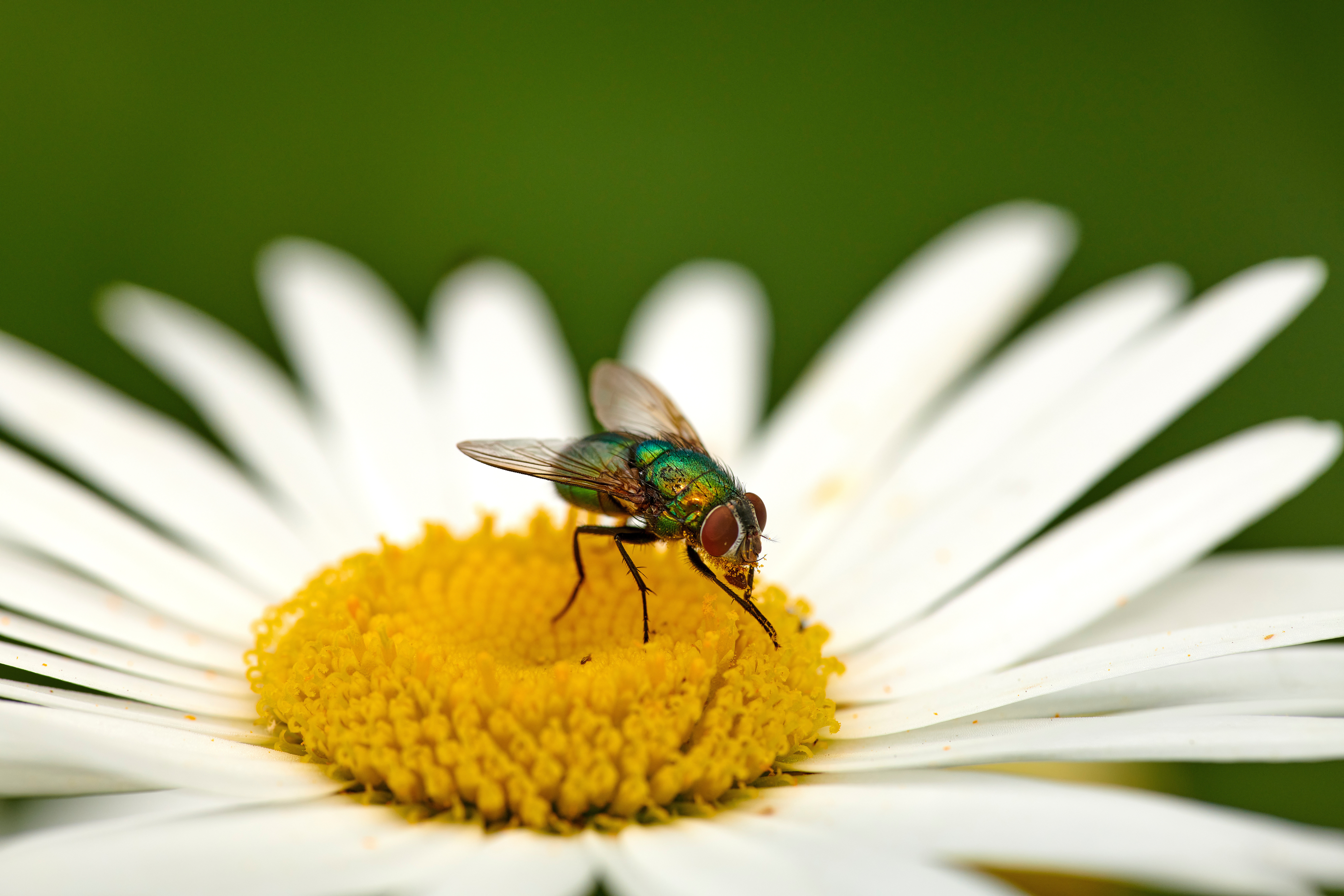Focus Stacking: Sharpness Integration Technique in Photography
03 June 2023
Photography can sometimes make it difficult for us to capture all the details of a subject in a clear way. Especially in macro or close-up photography, due to shallow depth of field, some areas may be in focus while others remain blurry. However, this problem can be overcome with a technique called focus stacking. In this article, we will explore what focus stacking is and its importance in photography.
What is Focus Stacking?
Focus stacking is a technique that involves merging multiple photographs to achieve a greater depth of field. This technique allows us to combine different focus points of a subject, resulting in a wider depth of field. It is commonly used in fields such as macro, nature, product, and archaeology photography. The process requires the use of software or photo editing programs to combine the photos.
How is it Applied?
The application process for focus stacking is as follows:
Use a stable tripod to stabilize the camera. This will facilitate alignment of the photos.
Set the aperture (f-stop) to a high value (e.g., f/11 or higher) to achieve a greater depth of field that covers the entire subject.
Change the focus point and capture photos with different areas in focus. It is common to start with the foreground of the subject and progressively move towards the background.
Transfer all the captured photos to a computer and use focus stacking software or a photo editing program to merge them.
The program will select the focused areas from each photo and place them onto a single photo. This way, the in-focus areas from each photo combine into one, resulting in a greater depth of field.
Finally, you can optimize the merged photo for color correction or other adjustments as desired.
Importance in Photography:
The importance of focus stacking in photography can be explained in several ways:
Sharpness: Focus stacking enhances the overall sharpness of a photograph by capturing all the details of the subject in clear focus. This is particularly advantageous in macro photography or product photography.
Control: It can be impossible to achieve sharp focus throughout the entire depth of field in a single photo. Focus stacking provides greater control over focusing and allows you to achieve sharpness in desired areas.
Aesthetics: Focus stacking enables clear separation between the foreground and background of a photograph, making the subject more distinct and captivating.
Flexibility: Focus stacking allows for the use of lower aperture values. This allows more light to be captured, reducing the need for high ISO values and minimizing noise in the final image.
Conclusion:
Focus stacking is a technique used in photography to overcome depth of field limitations and achieve sharper and more detailed photographs. It is especially effective in macro and close-up photography. This technique provides photographers with greater control over focusing and enables them to achieve more visually appealing results. By using focus stacking, you can make your photos more engaging and professional-looking.


